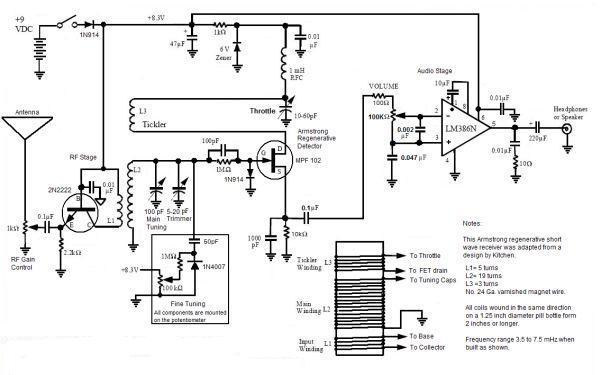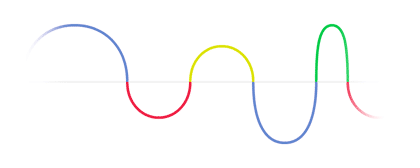Note the "Swiss army" tuning shaft on the trimmer cap... as we say: "those without a dog hunt with a cat.."...
I think it's not this time the regen will get a new box, I already started cannibalizing one of the boards to make some tests on UHF, maybe an UHF receive converter will come out of this...
The result:
 The circuit:
The circuit: ..another nice photo...
..another nice photo...The circuit came from LY3LP 70 cm rx, I just used the T3 oscillator part.
Here's what I had of drift after 1m warmup with the circuit just bellow a reading lamp:
Considering the runing frequency I think it's not bad... the idea is to feed this LO (290Mhz) to an ADE-1 mixer down-converting 440Mhz to an 156Mhz VHF FM module I have (it's in the photo bellow the frequency counter) and didn't managed to program it in another frequency. An PLL stabilizer is then also needed.
I noticed that for a frequency bigger than 490Mhz I had to short-circuit C32 for the circuit to oscillate. I used an BB105 varicap and BFR91 transistor instead of the components in the original schematic, for L6 in the "final" prototype I used an ferrite bead (around 3mm long with 1mm hole and the wire passing inside one time only) recovered from a computer motherboard (good source for beads), R17 used 56 Ohm instead of the 33 one. Not critical I guess!
Have fun, generate some signals!





















